 October 1, 2009 John E. Ross, KD8IDJ, Editor
| ||||||
+ Available on ARRL Audio News Welcome to the HTML ARRL Letter The ARRL Letter has been distributed via e-mail since January 1996, when the Internet was young and full of possibilities. One of those possibilities -- our weekly digest of Amateur Radio news -- has not changed all that much in 13-plus years. Until now. The conversion to HTML is part of the effort to make all ARRL e-publications more attractive and easier to read -- and more 21st century. In response to what ARRL members have told us, we have expanded the scope of The ARRL Letter. You'll find more of a variety of news and information -- the news, some enhanced technical content and other features we think you'll enjoy. For those who prefer to receive The ARRL Letter in text format, that option remains available. Please let us know what you think of The ARRL Letter by sending ARRL News Editor and ARRL Letter author S. Khrystyne Keane, K1SFA, an e-mail. -- Joel P. Kleinman, N1BKE, Managing Editor, QST + Regulatory: ARRL Board Adopts Guidelines and Recommendations on the Appropriate Use of Amateur Radio
At its meeting in July 2009, the ARRL Board created an ad-hoc committee to study the issue and prepare suggested guidelines. The committee submitted its report to the ARRL Executive Committee, which reviewed and revised the document. After additional discussion among Board members by electronic mail and teleconference, the Executive Committee submitted the document to the Board for formal adoption. Entitled The Commercialization of Amateur Radio: The Rules, The Risks, The Issues, the document offers guidelines to assist radio amateurs and anyone wishing to utilize the capabilities of Amateur Radio in understanding the FCC Rules that prohibit communications in which the amateur has a pecuniary interest, including communications on behalf of an employer. While the FCC Rules in this regard have not changed in many years, there has been increasing discussion of the issue as growing numbers of employers and non-amateur organizations recognize the value of Amateur Radio as an emergency communications resource and encourage their employees to obtain amateur licenses. Also included are guidelines for evaluating the appropriateness of Amateur Radio volunteers providing communications services to commercial enterprises and other entities for which other communications systems are available. "The guidelines are not intended to be the last word on the subject, and surely will not be," observed ARRL First Vice President Kay Craigie, N3KN, and chair of the ad-hoc committee. "The report includes several recommendations for additional steps that the ARRL needs to take to help amateurs and the organizations we serve to better understand the Rules and to ensure that what we do to prepare to be of service in emergencies is consistent with the current Rules." + Operating: The 2010 ARRL Handbook: Our Biggest -- and Best -- Ever! With more than 60 authors and reviewers contributing over 70 percent of new or completely revised content, The 2010 ARRL Handbook for Radio Communications is the biggest Handbook ever. Since it was first published in 1926, the Handbook has been a mainstay for the radio electronics experimenter. A core resource for radio amateurs, hobbyists, engineers and scientists, the Handbook is the single most authoritative reference on practical communications topics. It is both reference book and tutorial, woven together with practical applications and solutions. The 2010 Handbook -- the 87th edition -- is a useful introduction to radio communication, and featuring the most current material on electronics and Amateur Radio.
For 2010, The ARRL Handbook for Radio Communications -- with more than 1250 pages -- has been reorganized into five major sections, making it easier than ever to find exactly what you are searching for: Fundamental Theory, Practical Design and Principles, Antenna Systems and Radio Propagation, Equipment Construction and Maintenance, and Station Assembly and Management. "Each chapter has been designed to be either an 'encyclopedia' (providing descriptive overviews of current practices and technology) or 'practical handbook' (focusing on techniques, designs and projects)," Handbook Co-editor H. Ward Silver, N0AX, explained. "In either case, Co-editor Mark Wilson, K1RO, and I tried to ensure that there was enough introductory material to get the newcomer started, as well as plenty of in-depth discussion the experienced amateur will expect." For a closer look inside the 2010 Handbook, click here. + Public Service: Nominations Now Being Accepted for 2009 ARRL Humanitarian Award
Product Review: The ICOM IC-7600 HF and 6 Meter Transceiver
Get a "first look" at the ICOM IC-7600 HF and 6 meter transceiver! Featured in the November 2009 QST Product Review, this rig -- reviewed by NCJ Managing Editor Rick Lindquist, WW3DE (ex-N1RL), and shown in this video by ARRL Test Engineer Bob Allison, WB1GCM -- represents an integration of ICOM's popular PROIII and the IC-7700/7800 transceivers, both in style, features and capability. Check it out! + Public Service: Ham Appointed Chief of Army MARS
+ Operating: International Reply Coupons (IRCs): Out with the Old, In with the New
+ On the Air: 4U1UN Celebrates UN General Assembly with Special Event
+ "Hints and Kinks" Do you have an idea or a simple project that has improved your operating? Maybe you've taken something commonly found around the home and developed a ham radio use for it? Why not share your hints with fellow hams in "Hints and Kinks," a monthly column in QST. If we publish your hint, you will receive $20. Send your hints via e-mail or to ARRL Headquarters, Attn: "Hints and Kinks," 225 Main St, Newington, CT 06111. Please include your name, call sign, complete mailing address, daytime telephone number and e-mail address. Solar Update
This Week on the Radio This week, the California QSO Party and the Oceania DX
Contest are October 3-4. The Fall 432 MHz Sprint is October 7. Next week, the ARRL EME Contest is October 10-11. There's an NCCC Sprint October 9 and the YLRL DX/NA YL Anniversary Contest is October 9-11. The 10-10 International 10-10 Day Sprint and the FISTS Fall Sprint are both October 10. On October 10-11, check out the Pennsylvania QSO Party, the Arizona QSO Party and the Oceania DX Contest (CW). The North American Sprint (RTTY), the SKCC Weekend Sprint and the UBA ON Contest (SSB) are October 11. The NAQCC Straight Key/Bug Sprint is October 14. All dates, unless otherwise stated, are UTC. See the ARRL Contest Branch page, the ARRL Contest Update and the WA7BNM Contest Calendar for more info. Looking for a Special Event station? Be sure to check out the ARRL Special Event Station Web page. ARRL Continuing Education Course Registration
| ||||||
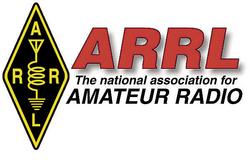 On Friday, September 25, the ARRL Board of Directors adopted guidelines on the appropriate use of Amateur Radio on behalf of commercial, non-profit and government entities, as well as recommendations for additional steps to be taken by the ARRL to educate radio amateurs and others on how to prepare and train for public service and emergency communications while complying with the current FCC Rules.
On Friday, September 25, the ARRL Board of Directors adopted guidelines on the appropriate use of Amateur Radio on behalf of commercial, non-profit and government entities, as well as recommendations for additional steps to be taken by the ARRL to educate radio amateurs and others on how to prepare and train for public service and emergency communications while complying with the current FCC Rules.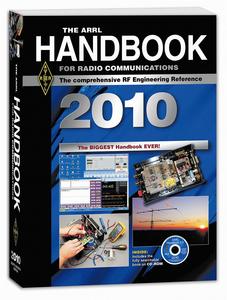
 Nominations are open for the
Nominations are open for the 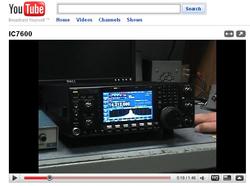
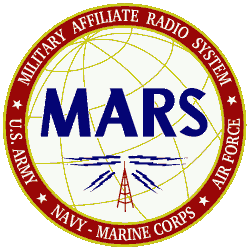 On September 25, veteran Army communicator Jim Griffin, KE7LJA, became Chief of the Army Military Affiliate Radio System (
On September 25, veteran Army communicator Jim Griffin, KE7LJA, became Chief of the Army Military Affiliate Radio System (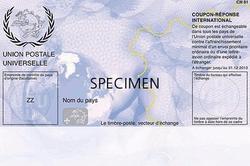
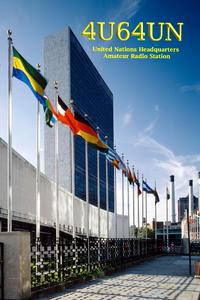 To celebrate the
To celebrate the 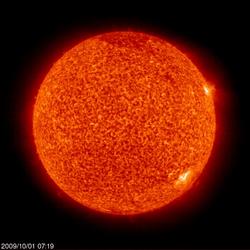 Tad "
Tad "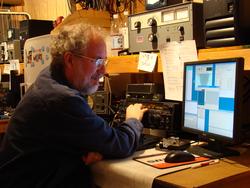
 Registration remains open through Sunday, October 25, 2009, for these online course sessions beginning on Friday, November 6, 2009: Amateur Radio Emergency Communications Level 1; Antenna Modeling; Radio Frequency Interference; Antenna Design and Construction; Ham Radio (Technician) License Course; Propagation; Analog Electronics, and Digital Electronics. To learn more, visit the
Registration remains open through Sunday, October 25, 2009, for these online course sessions beginning on Friday, November 6, 2009: Amateur Radio Emergency Communications Level 1; Antenna Modeling; Radio Frequency Interference; Antenna Design and Construction; Ham Radio (Technician) License Course; Propagation; Analog Electronics, and Digital Electronics. To learn more, visit the 







